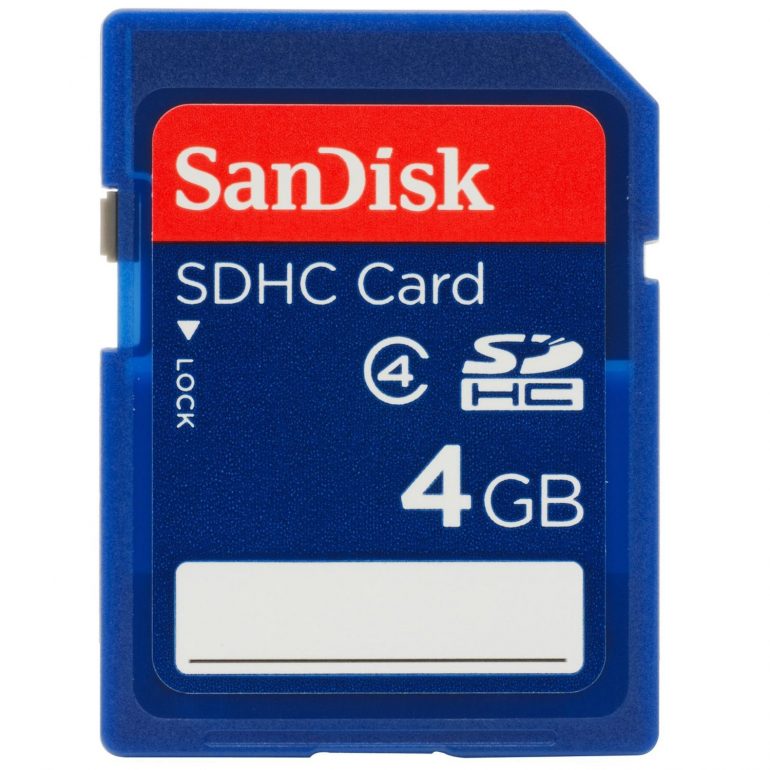Many laptops, cameras, and mobile phones have built-in slots for small memory cards. There are three different types of memory cards: Secure Digital (SD), Secure Digital High Capacity (SDHC), and Secure Digital Extended Capacity (SDXC). Take a look at the differences below.
SD Memory Cards
Image via Flickr by mobilyazilar
SD cards are the oldest and slowest of the three main types. Any card 4GB or smaller is classified as a SD card. SD cards will work in any device that supports SD, SDHC, or SDXC cards. However, older devices that only support SD cards will not support the newer SDHC and SDXC cards. The standard size for a SD card is 32 x 24 x 2.1 mm, and they all have the signature cut corner on the upper right side.
Along with this standard size, SD cards also come in two other sizes: microSD and miniSD. MiniSD cards are the least common size available today. They measure 21.5 x 20 x 1.4 mm. They were originally designed to fit in small cell phones. However, microSD cards, which measure 15 x 11 x 1 mm are the cards used in most cell phones, smartphones, and tablets today.
SDHC Memory Cards
SDHC cards range in size from 4GB to 32GB. Since SDHC cards work differently than SD cards, they are not backwards compatible with devices that only take SD cards. Most devices made after 2008 are SDHC compatible. Like SD cards, SDHC cards also come in a micro size that is ideal for smartphones like the LG Optimus L90. This particular phone uses a microSDHC card that has a capacity up 32GB. While microSDHC cards are too small to fit in a standard SD card slot, you can buy an adapter that will let you put a microSDHC card into a standard SDHC card slot.
SDXC Memory Cards
Cards made in sizes larger than 32GB are classified as SDXC. Since SDXC cards use a dissimilar file system that works differently than standard cards, SDXC cards are not backwards compatible to devices that take SD and SDHC cards. However, most devices made after 2010 are SDXC compatible.
Differences in Speed
Not all SD cards work at the same speed. Depending on the task you’re using the SD card for, this can matter a great deal or not at all. For example, if you’re using the SD card in a digital camera and taking a lot of pictures in quick succession, you need a fast SD card. However, if you’re using your SD card in your smartphone to store media files, speed is not a concern.
Manufacturers classify SD cards into four different speeds: 2, 4, 8, and 10. In this case, 2 is the slowest speed and 10 is the fastest speed. There are also two Ultra High Speed (UHS) classes, but these are usually just used by professional photographers. Each SD card displays its speed on the card itself.
If you’re buying a new memory card to store extra media files, it’s important to get the right card for your needs. Make sure you check what type of card your device supports and consider how much storage capacity you need.

